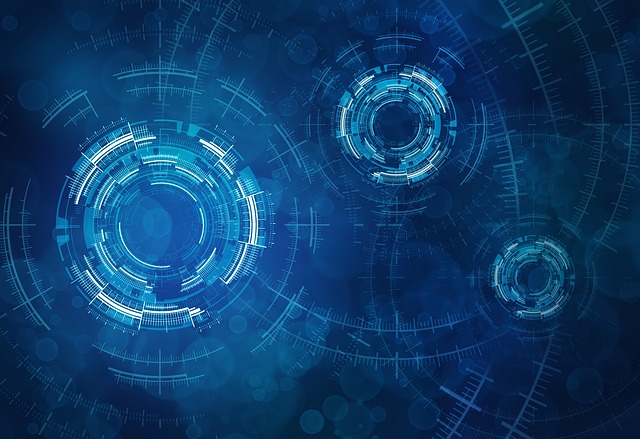Malware, such as viruses, Trojans and other malicious programs, pose a serious threat to the security of computers and networks. In this blog post, you will learn how these malware programmes work and what measures you can take to protect yourself from them.
What is malware?
Malware is a term that stands for “malicious software”. This type of software is used to infect computers and networks and steal or damage data. Malware can come in many different forms, including viruses, Trojans, worms, spyware and adware. Most malware programmes are intentionally created to cause harm or collect personal information. However, some malware programmes can also enter your computer accidentally, for example when you click on an infected website or email attachment. It is important to be aware that malware is a serious threat and can take many different forms. To ensure that your computer is protected from malware, you need to take some basic security precautions. These include installing anti-virus software and firewalls, and regularly updating operating systems and applications. By following these basic guidelines, you can ensure that your computer is protected from Internet threats.
How does malware work?
Malware, also known as “malicious software”, is a term that refers to a variety of malicious programs that aim to infect and damage computer systems. Malware can come in many different forms, including viruses, Trojans and worms. These types of malware can work in different ways to achieve their goals. A virus, for example, can reproduce and spread itself by attaching itself to other files or programs. A Trojan, on the other hand, disguises itself as legitimate software and pretends to be useful while actually carrying out malicious activities. In either case, malware works to take control of the infected system and steal information or cause damage. It is important to understand how malware works and what types there are in order to take appropriate protective measures.
Viruses, Trojans and Co.: What types of malware are there?
Viruses, Trojans and Co.: What Types of Malware Are There? Malware is a general term that covers all types of harmful software. There are different types of malware that function in different ways and can cause different types of damage. The best known types are viruses, Trojans, worms, spyware and ransomware. Viruses are programmes that can replicate themselves and infiltrate other files or systems. Trojans pose as legitimate software and install themselves unnoticed on the victim’s computer. Worms spread via networks and can cause great damage. Spyware secretly collects information about the user and sends it to the attacker. Ransomware blocks access to important data or systems and blackmails the victim into paying a ransom. Any type of malware can have serious consequences and should not be underestimated. Therefore, it is important to protect yourself from any type of malware.
Why are viruses so dangerous?
Viruses are among the most dangerous types of malware because they spread quickly and are difficult to detect. They can get onto a computer in a number of ways, for example via email attachments, infected websites or USB sticks. Viruses can then nestle in the system and replicate themselves to infect more devices. Once activated, viruses can cause damage by deleting or damaging files, blocking programmes or even paralysing the entire system. Some viruses can also steal personal data or remotely control the computer to carry out further attacks. It is important to detect and remove viruses as soon as possible to minimise damage and ensure the safety of your computer and personal data.
How can you protect yourself from malware threats?
To protect yourself from malware threats, there are some important steps you can take. Firstly, you should always have up-to-date anti-virus software installed on your computer and update it regularly. This software detects and blocks potentially harmful programmes and files before they can do any damage. In addition, you should also make sure that your operating system and all installed programmes are always up to date, as security gaps can often be exploited via outdated software. Another important measure is to be careful when dealing with e-mails and downloads from the Internet. Do not open e-mail attachments from unknown senders and do not download files from insecure websites. If you suspect that your computer is already infected with malware, you should act immediately and have a thorough scan performed. In summary, being careful with your computer and aware of potential threats is the best protection against malware.
Conclusion: Protect your computer from Internet threats
Paragraph: In summary, it is essential to protect your computer from Internet threats. Malware threats are manifold and can have serious consequences. Viruses, Trojans and the like can, for example, spy out personal data or paralyse the computer. But how can you protect yourself? There are various measures you can take to minimise the risk of infection. These include installing an antivirus programme and regularly updating the operating system and software. Avoiding dubious websites and opening unknown email attachments is also important. Ultimately, the better informed you are about the different types of malware and how they work, the better you can protect yourself against them. If you take these tips into account, you can make your digital life safer and avoid unpleasant surprises.

